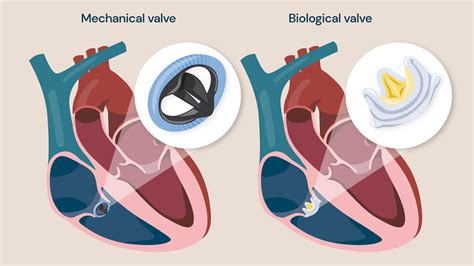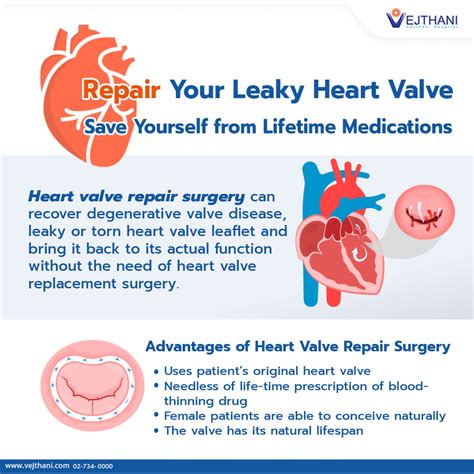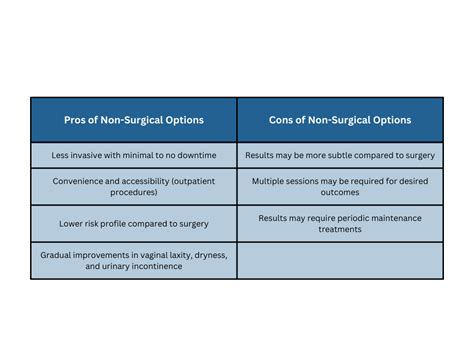Intro
Explore heart valve repair options, including minimally invasive surgery, valve replacement, and transcatheter techniques, to treat valve disorders and improve cardiac health.
The heart is a vital organ that pumps blood throughout the body, and its proper functioning is crucial for maintaining overall health. One of the key components of the heart is the valves, which control the flow of blood between the chambers. However, sometimes these valves can become damaged or diseased, leading to serious health issues. Fortunately, there are various heart valve repair options available to treat valve problems and restore proper heart function. In this article, we will delve into the world of heart valve repair, exploring the different types of valve problems, the benefits and risks of repair, and the various surgical and non-surgical options available.
The importance of heart valve repair cannot be overstated. Valve problems can lead to symptoms such as shortness of breath, fatigue, and chest pain, which can significantly impact a person's quality of life. If left untreated, valve problems can also lead to more serious complications, such as heart failure, stroke, and even death. Therefore, it is essential to seek medical attention if you are experiencing any symptoms of valve problems. With the advancements in medical technology and surgical techniques, heart valve repair has become a highly effective and safe treatment option for many patients.
Heart valve problems can occur due to various reasons, including birth defects, infections, and wear and tear over time. The most common types of valve problems are mitral regurgitation, mitral stenosis, aortic stenosis, and aortic regurgitation. Mitral regurgitation occurs when the mitral valve does not close properly, allowing blood to flow back into the left atrium. Mitral stenosis occurs when the mitral valve becomes narrowed, restricting blood flow from the left atrium to the left ventricle. Aortic stenosis occurs when the aortic valve becomes narrowed, restricting blood flow from the left ventricle to the aorta. Aortic regurgitation occurs when the aortic valve does not close properly, allowing blood to flow back into the left ventricle.
Types of Heart Valve Repair

There are several types of heart valve repair options available, including surgical and non-surgical methods. The choice of repair method depends on the type and severity of the valve problem, as well as the patient's overall health. Surgical repair methods include valve annuloplasty, valve replacement, and valve repair with a ring or mesh. Non-surgical methods include balloon valvuloplasty and transcatheter valve repair.
Valve Annuloplasty
Valve annuloplasty is a surgical procedure that involves repairing the valve annulus, which is the ring-like structure that supports the valve. This procedure is typically used to treat mitral regurgitation and involves the use of a ring or mesh to support the valve and prevent backflow.Valve Replacement
Valve replacement is a surgical procedure that involves replacing the damaged valve with an artificial one. This procedure is typically used to treat aortic stenosis and aortic regurgitation. There are two types of artificial valves: mechanical and bioprosthetic. Mechanical valves are made of metal and are designed to last for many years. Bioprosthetic valves are made of animal tissue and are designed to be more durable and long-lasting.Benefits and Risks of Heart Valve Repair

Heart valve repair offers several benefits, including improved symptoms, increased quality of life, and reduced risk of complications. However, like any surgical procedure, heart valve repair also carries some risks, including infection, bleeding, and stroke. The risks of heart valve repair can be minimized by choosing an experienced surgeon and following post-operative instructions carefully.
Improved Symptoms
Heart valve repair can significantly improve symptoms such as shortness of breath, fatigue, and chest pain. By repairing or replacing the damaged valve, blood flow is restored, and the heart is able to pump more efficiently.Increased Quality of Life
Heart valve repair can also improve quality of life by allowing patients to return to their normal activities and enjoy a more active lifestyle. With improved symptoms and increased energy, patients can participate in activities they enjoy, such as exercise, travel, and spending time with family and friends.Surgical and Non-Surgical Options

There are several surgical and non-surgical options available for heart valve repair. Surgical options include open-heart surgery, minimally invasive surgery, and robotic surgery. Non-surgical options include balloon valvuloplasty and transcatheter valve repair.
Open-Heart Surgery
Open-heart surgery is a traditional surgical method that involves making a large incision in the chest to access the heart. This method is typically used for more complex valve repairs and replacements.Minimally Invasive Surgery
Minimally invasive surgery is a less invasive surgical method that involves making smaller incisions in the chest to access the heart. This method is typically used for less complex valve repairs and replacements.Robotic Surgery
Robotic surgery is a highly advanced surgical method that involves using a robotic system to perform the surgery. This method is typically used for more complex valve repairs and replacements.Non-Surgical Options

Non-surgical options are available for patients who are not good candidates for surgery or who prefer a less invasive approach. Balloon valvuloplasty and transcatheter valve repair are two non-surgical options available for heart valve repair.
Balloon Valvuloplasty
Balloon valvuloplasty is a non-surgical procedure that involves using a balloon to widen the valve and improve blood flow. This procedure is typically used to treat mitral stenosis and aortic stenosis.Transcatheter Valve Repair
Transcatheter valve repair is a non-surgical procedure that involves using a catheter to repair the valve. This procedure is typically used to treat mitral regurgitation and aortic regurgitation.Recovery and Follow-Up

Recovery and follow-up are crucial components of heart valve repair. Patients typically spend several days in the hospital after surgery and require several weeks of rest and recovery at home. Follow-up appointments with the surgeon and cardiologist are necessary to monitor the patient's progress and adjust medications as needed.
Post-Operative Care
Post-operative care involves following a specific set of instructions to ensure a smooth and safe recovery. Patients are typically advised to rest, avoid heavy lifting, and follow a healthy diet.Follow-Up Appointments
Follow-up appointments are necessary to monitor the patient's progress and adjust medications as needed. Patients are typically advised to attend follow-up appointments with their surgeon and cardiologist to ensure that the valve is functioning properly and to address any concerns or questions.Conclusion and Next Steps

In conclusion, heart valve repair is a highly effective and safe treatment option for patients with valve problems. With the advancements in medical technology and surgical techniques, patients have several options available to them, including surgical and non-surgical methods. By understanding the benefits and risks of heart valve repair, patients can make informed decisions about their treatment and take the first step towards improving their symptoms and quality of life.
We invite you to comment, share this article, or take specific actions to learn more about heart valve repair. If you or a loved one is experiencing symptoms of valve problems, we encourage you to seek medical attention and explore the various treatment options available.
What are the symptoms of heart valve problems?
+Symptoms of heart valve problems include shortness of breath, fatigue, chest pain, and palpitations.
What are the different types of heart valve repair?
+There are several types of heart valve repair, including valve annuloplasty, valve replacement, and valve repair with a ring or mesh.
What are the benefits and risks of heart valve repair?
+The benefits of heart valve repair include improved symptoms, increased quality of life, and reduced risk of complications. The risks include infection, bleeding, and stroke.
What is the recovery time for heart valve repair?
+The recovery time for heart valve repair typically ranges from several weeks to several months, depending on the type of procedure and the patient's overall health.
What are the non-surgical options for heart valve repair?
+Non-surgical options for heart valve repair include balloon valvuloplasty and transcatheter valve repair.
